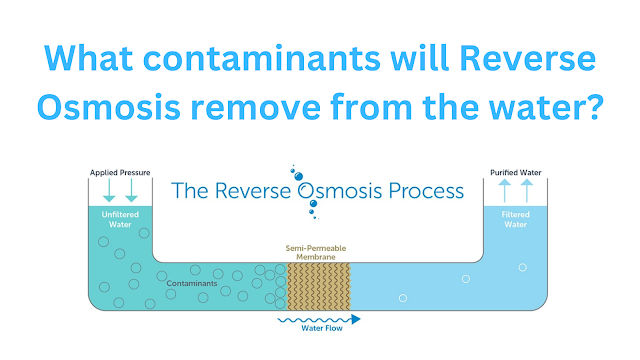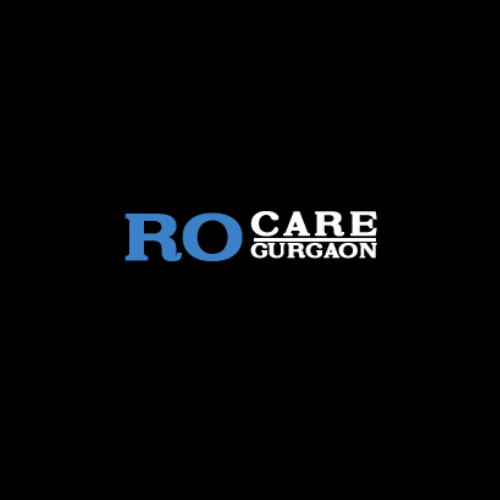Reverse osmosis (RO) systems are designed to remove a wide range of contaminants from water, including dissolved solids, heavy metals, pesticides, bacteria, and other impurities.
Dissolved solids such as salt, fluoride, and nitrates can be effectively removed by an RO system. The semi-permeable membrane used in the RO process allows only water molecules to pass through, effectively eliminating dissolved solids from the water supply.
Heavy metals such as lead, mercury, and copper can also be effectively removed by an RO system. These metals can be dangerous to human health and can cause serious health problems if consumed in large amounts.
Pesticides and other chemicals such as herbicides, insecticides, and industrial chemicals can also be removed by an RO system. These chemicals can be harmful to human health and the environment, and they can cause serious health problems if consumed in large amounts.
Bacteria, viruses, and other microorganisms can also be removed by an RO system, making it an effective way to purify water for drinking and other household uses.
It is important to note that while RO systems are highly effective at removing impurities from water, they are not able to remove all types of contaminants. For example, they cannot remove volatile organic compounds (VOCs) such as benzene and trichloroethylene. Additionally, RO systems do not remove dissolved gases such as radon and carbon dioxide. Therefore, it is important to test your water supply to determine the specific contaminants present and to choose the appropriate water treatment system to remove them.
Surety of Purity
To Ensure a Pure Water at your Home
Call For Service:- 98181-01080




0 Comments